Description
Seahares belong to the mollusk family Aplysiidae, characterized by their unique appearance and interesting behaviors. These marine creatures are often found in various coastal waters and reef environments around the world. Seahares are part of the opisthobranch group, which includes fascinating and diverse sea slug species.
Anatomy and Behavior:
Seahares are notable for their soft and somewhat gelatinous bodies. They lack a protective shell, which differentiates them from other mollusks. Instead, they rely on chemical defenses to deter predators. When threatened, Seahares can release toxic substances into the water, discouraging potential attackers.
One of the most captivating aspects of Seahares is their feeding behavior. They use a specialized rasping organ called a radula to graze on various types of algae and seaweed. Some Seahare species can even store the ingested algae cells within their tissues, which can contribute to their vibrant coloration.
Habitat and Distribution:
Seahares can be found in a range of aquatic habitats, including seagrass beds, rocky shores, and coral reefs. Their distribution spans across different oceanic regions, from the Atlantic to the Pacific and Indian Oceans.
Caring for Seahares in the Aquarium:
Keeping Seahares in an aquarium setting requires specific considerations. Providing ample hiding spots, such as live rock formations and crevices, is essential to help Seahares feel secure. Additionally, offering a variety of algae and seaweed for them to graze on ensures their nutritional needs are met.
Compatibility and Tank Requirements:
Seahares are generally considered reef-safe and are not known to harm corals or other invertebrates. However, they may inadvertently disturb small and delicate creatures as they move about the tank.
Feeding Seahares:
Feeding Seahares involves offering a selection of algae and seaweed. Providing a diverse diet can help support their health and vibrancy. Some hobbyists even cultivate algae in a refugium specifically for Seahare consumption.
Please Note:
The images of Seahares provided here are representative, and the appearance of the livestock you receive may vary in terms of coloration and pattern. Seahares are intriguing additions to marine aquariums, offering unique behaviors and contributing to the natural balance of the ecosystem.
For more information on keeping Seahares or if you have any questions about their care, feel free to contact us. Our goal is to assist you in creating a thriving and captivating aquarium environment for these remarkable creatures.

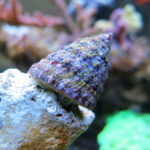
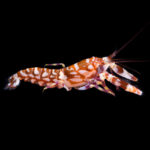
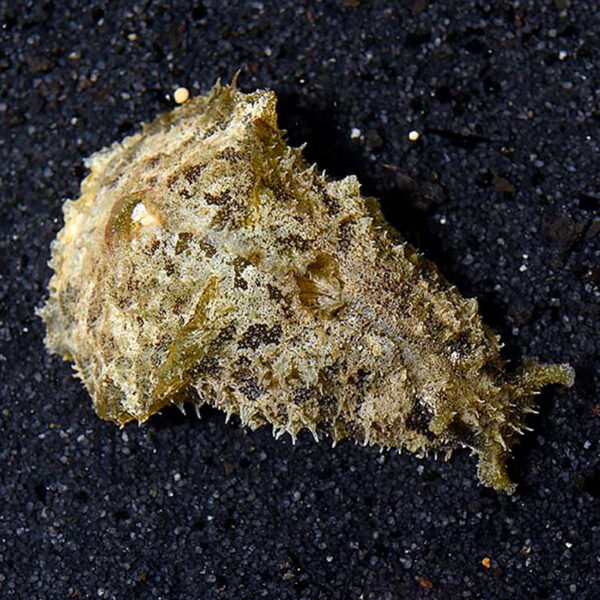


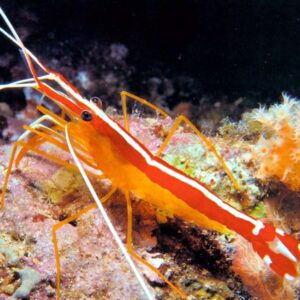
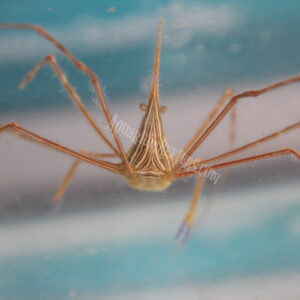

Reviews
There are no reviews yet.